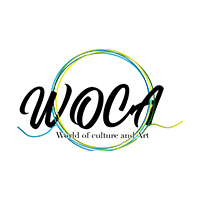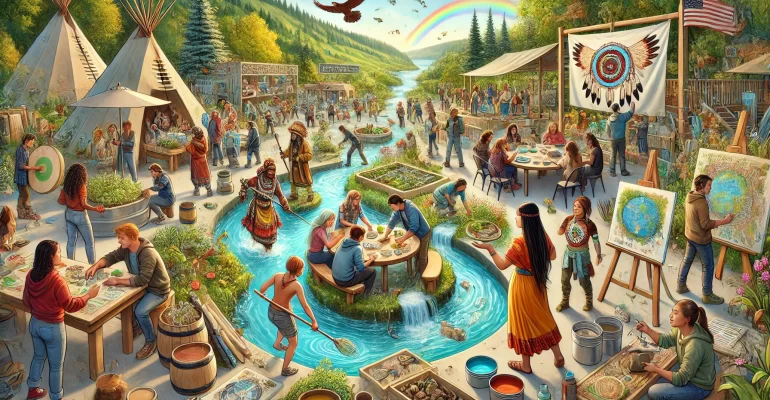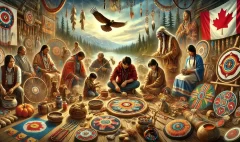Living with the Land: Indigenous Wisdom on Sustainability in Canada
Living with the Land: Indigenous Wisdom on Sustainability in Canada
Hey there, nature lovers and curious minds! Today, we’re going on an exciting journey to learn about something really special: how Indigenous Peoples in Canada have been taking care of the land for thousands of years. It’s like they have a superpower – the ability to live in harmony with nature. Cool, right? Let’s dive in and discover their amazing connection to the land and some smart ways they keep it healthy.
The Special Bond: Indigenous Peoples and the Land
Imagine feeling so close to the trees, rivers, and animals around you that they feel like family. That’s how many Indigenous Peoples in Canada feel about the land. It’s not just a place to live – it’s a part of who they are.
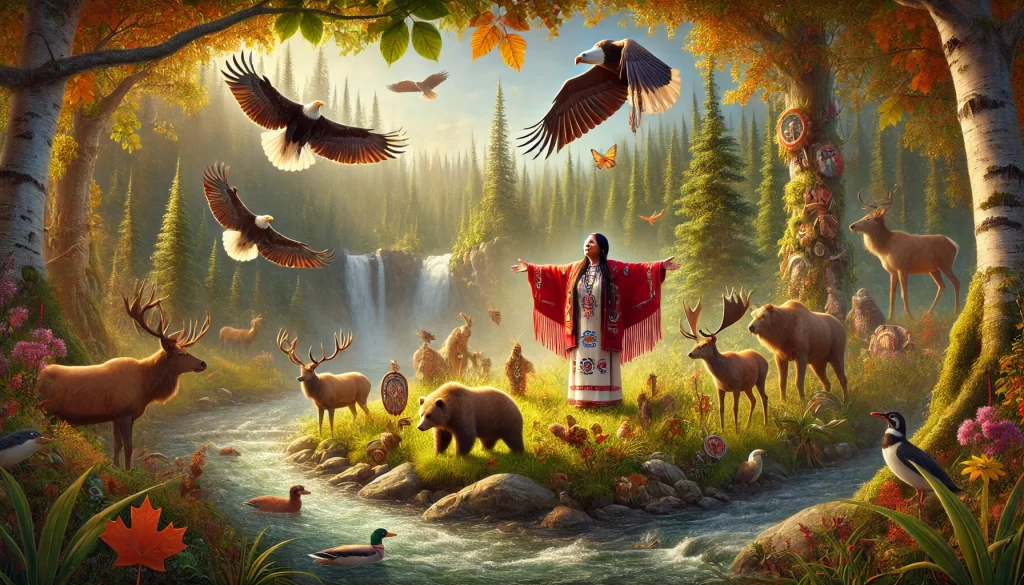
“The land is our mother,” says Elder Sarah Moonfeather, an Anishinaabe knowledge keeper. “It gives us everything we need – food, medicine, and teachings. In return, we must care for it like we would care for our own family.” This deep connection means Indigenous Peoples don’t just use the land – they protect it and make sure it stays healthy for future generations. It’s like they’re the land’s best friends!
Art That Tells Earth’s Stories About Indigenous Wisdom
This special bond with the land shows up in Indigenous art too. Many artists create beautiful pieces that tell stories about nature and how everything is connected. For example, Haida artist Bill Reid made amazing sculptures of animals like ravens and whales. These aren’t just pretty to look at – they’re filled with messages about respecting nature and living in balance with the Earth.
“When I paint, I’m not just making a picture,” explains Dana Kingfisher, a young Cree artist. “I’m sharing the land’s stories and reminding people how important it is to take care of our world.”
Nature’s Classroom: Learning from the Land
For Indigenous kids, the outdoors is like a giant classroom. They learn so much just by spending time in nature and watching their elders. Here are some cool things Indigenous children might learn:
- Which plants are good for eating or medicine
- How to hunt and fish without wasting anything
- The best times to gather berries or maple sap
- How to read weather patterns by looking at the sky and animals
“When I was little, my grandfather taught me to listen to the birds,” shares Jamie Littlefeather, a Mi’kmaq youth. “He said they tell us when the seasons are changing and when it’s time to plant our gardens. It’s like nature’s very own alarm clock!”
Crafty Nature Lessons About Indigenous Wisdom
Many Indigenous crafts are like fun science lessons about nature. When kids make traditional crafts, they’re also learning about the environment. For instance:
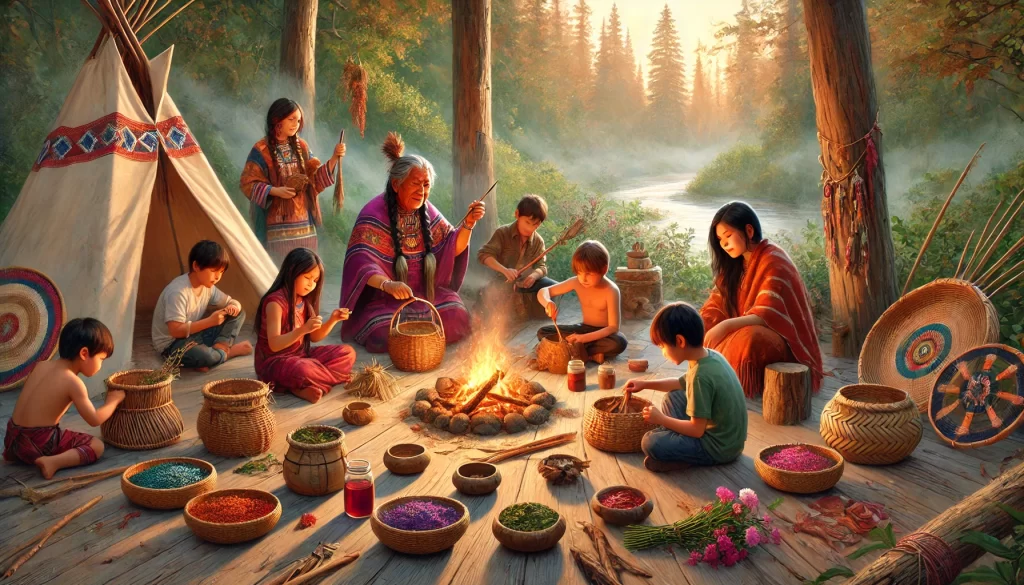
– Basket weaving teaches about different plants and when to harvest them.
– Making natural dyes shows how different flowers and berries can create amazing colors.
– Carving teaches about the properties of different woods and how trees grow.
“Every time we make something with our hands, we’re connecting with the land,” says Maya Redfeather, an Indigenous craft teacher. “It’s a way to learn about nature while creating something beautiful.”
Waste Not, Want Not: Using Resources Wisely
Indigenous Peoples have a golden rule when it comes to using what nature provides: take only what you need and use every part. It’s like a big puzzle where every piece is important.
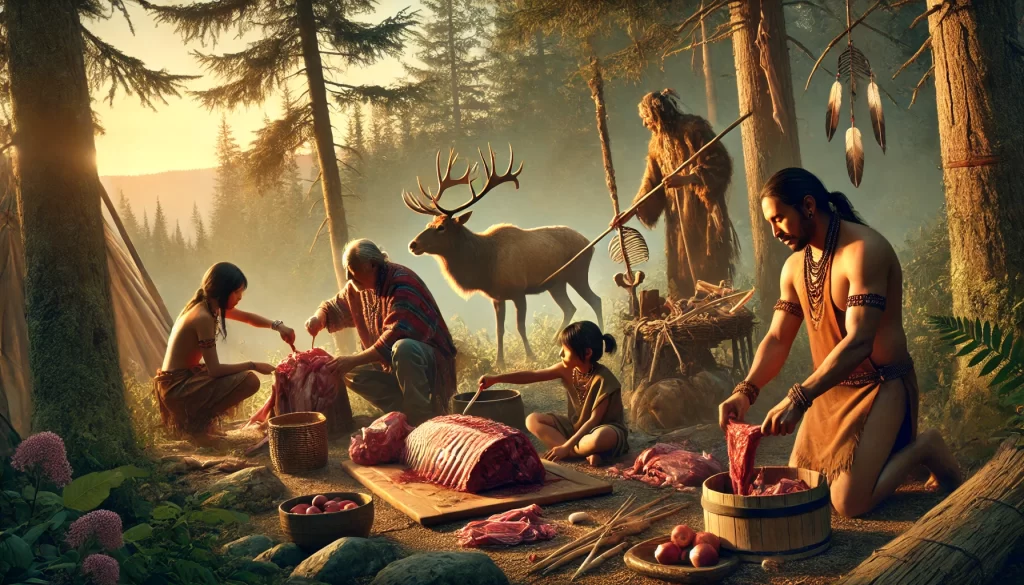
For example, when hunting an animal:
– The meat is used for food
– The bones might become tools
– The fur or skin can be used for clothing
– Even the organs have special uses in medicine or ceremonies
This way of thinking helps make sure nothing goes to waste. It’s a lesson we can all learn from to help our planet!
Sustainable Art Supplies
This “use everything” idea shows up in Indigenous arts and crafts too. Many artists use natural materials in super creative ways:
– Porcupine quills become beautiful decorations on clothing
– Fish scales turn into shimmery beads
– Birch bark becomes canvases for painting or material for baskets
“Nature gives us the best art supplies,” says Robert Eaglefeather, an Indigenous artist. “And when we use these materials, we’re reminded to create in a way that doesn’t harm the Earth.”
The Circle of Life: Understanding Cycles
Indigenous wisdom teaches that everything in nature is connected in a big circle. This idea helps them make smart choices about how to use resources. Think about the salmon that swim up rivers every year. Indigenous Peoples know exactly when to catch them, but they also make sure to leave enough fish to lay eggs for the next year. It’s like saving some cookies in the jar for later!
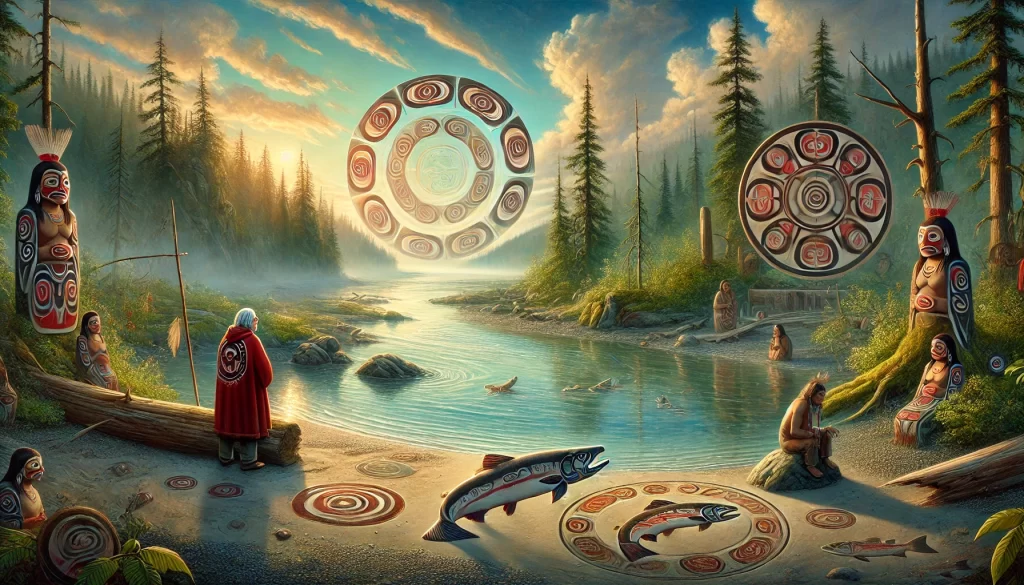
“We see ourselves as part of this circle,” explains Elder John Riverstone of the Haida Nation. “If we take care of the salmon, the salmon will take care of us. It’s all about balance.”
Circular Creativity
This idea of cycles and balance is a big deal in Indigenous art too. You might notice:
– Circular designs in paintings and beadwork
– Art that changes with the seasons, like dream catchers that look different in summer and winter
– Stories in carvings that don’t have a beginning or end, but keep going around
“When I make a circular design,” says Lisa Morningstar, a Métis beadwork artist, “I’m reminding people that everything is connected, just like in nature.”
Guardians of the Land: Traditional Conservation
Long before there were park rangers or recycling programs, Indigenous Peoples had their own ways of protecting the environment. Some of these clever methods include:
- Controlled burns: Starting small, safe fires to keep forests healthy
- Crop rotation: Moving where they plant food to keep the soil strong
- Sacred spaces: Protecting special areas that are important for nature or spirits
- Seasonal hunting: Only hunting at certain times to let animal populations grow
These practices have helped keep Canada’s lands and waters healthy for thousands of years. Many scientists today are learning from these traditional methods to help solve big environmental problems.
Conservation through Creativity
Art plays a big role in teaching about and encouraging these conservation practices:
– Songs and dances tell stories about the importance of taking care of the land
– Totem poles often represent guardian spirits that protect nature
– Paintings might show the results of good land management, like healthy forests or abundant wildlife
“Our art is like a colorful textbook,” explains David Thundercloud, an Indigenous environmental artist. “It teaches people about taking care of the Earth in a way that’s fun and easy to remember.”
Sharing the Knowledge: Indigenous Sustainability in Modern Times
The good news is, Indigenous Peoples are sharing their earth-friendly wisdom with everyone. Many schools and universities now offer programs where you can learn about traditional Indigenous ways of caring for the land. Here are some cool ways Indigenous knowledge is helping us all live more sustainably:
- Green building: Using natural materials and designs that work with the environment
- Permaculture: Growing food in ways that copy how plants grow in nature
- Water conservation: Smart ways to use and protect water resources
- Climate change solutions: Using traditional knowledge to adapt to changing weather patterns
“It’s exciting to see young people from all backgrounds getting interested in our traditional ways,” says Lily Snowbird, an Indigenous environmental educator. “When we combine old wisdom with new ideas, we can create a better future for everyone.”
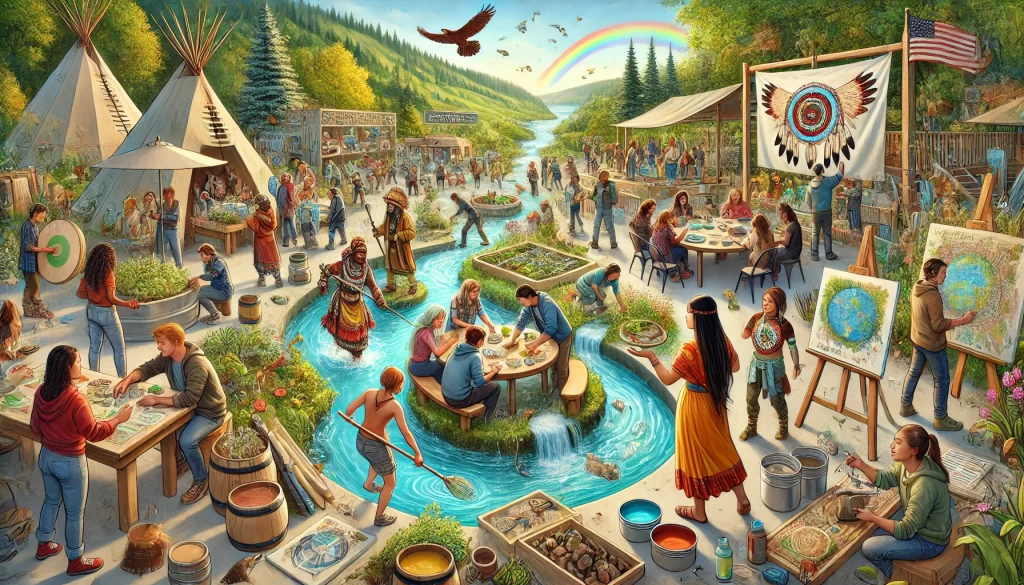
Eco-Art Workshops
Many Indigenous artists are now offering workshops that combine art-making with lessons on sustainability:
– Learn to make natural paints while discovering which plants are good for the environment
– Create recycled art pieces that tell stories about reducing waste
– Participate in community murals that spread messages about protecting nature
“Through our art workshops, we’re planting seeds of change,” says Michael Ravenheart, an Indigenous eco-artist. “Each person who learns to create in harmony with nature becomes a guardian of the Earth in their own way.”
Fun Activities to Try: Indigenous Wisdom
Want to feel more connected to the land like Indigenous Peoples do? Here are some fun activities you can try:
- Start a small garden: Grow some vegetables or herbs and watch how they change with the seasons.
- Make a nature journal: Draw or write about the plants and animals you see outside.
- Learn about local plants: Find out which plants in your area are good for eating or making things.
- Reduce waste: Try to use every part of the fruits and vegetables you eat, just like Indigenous Peoples do with animals they hunt.
- Visit a cultural center: Many Indigenous communities have places where you can learn about their traditions and connection to the land.
- Create nature art: Make a collage or sculpture using only things you find outside, like leaves, twigs, or pebbles.
- Try traditional crafts: Learn a simple Indigenous craft technique, like basic beadwork or weaving with grass.
- Make seed bombs: Create small balls of seeds, soil, and clay to help plants grow in your neighborhood.
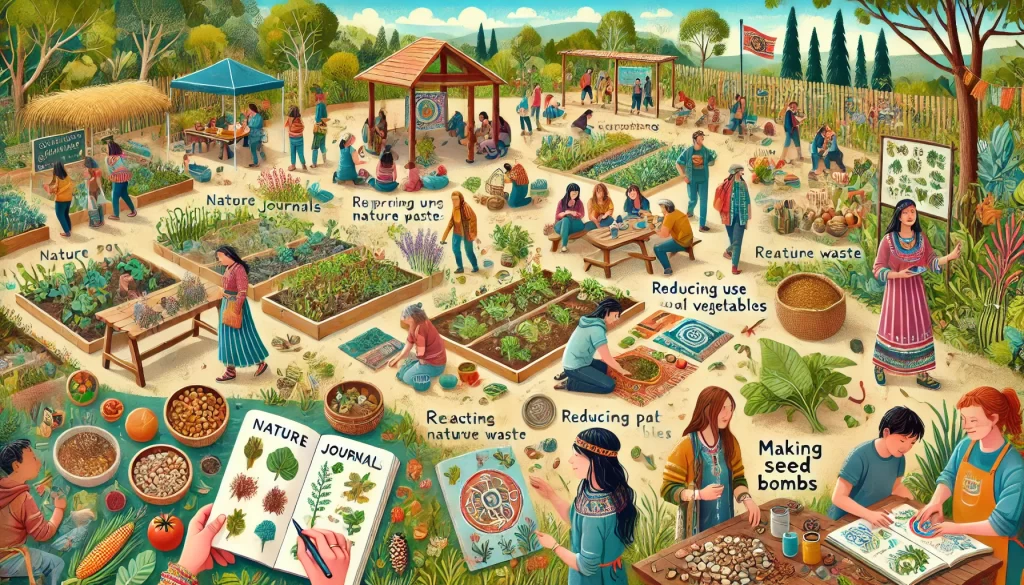
Wrapping Up: Lessons for a Greener Tomorrow
These teachings from Indigenous Peoples in Canada aren’t just old stories – they’re powerful ideas that can help us take better care of our planet. By learning from these time-tested ways of living with nature, we can all become better friends to the Earth. So, next time you’re outside, take a moment to really look at the world around you. Think about how you’re connected to the trees, the soil, and all the creatures you see. You might just start to feel a little bit of that special bond that Indigenous Peoples have with the land. And remember, every time you make art or do a craft, you can choose to do it in a way that’s good for the environment!
Now it’s your turn! What’s your favorite way to connect with nature? Have you tried any Indigenous-inspired ways of living sustainably or making eco-friendly art? Share your thoughts and experiences in the comments below. Let’s keep learning from each other and from the land.
